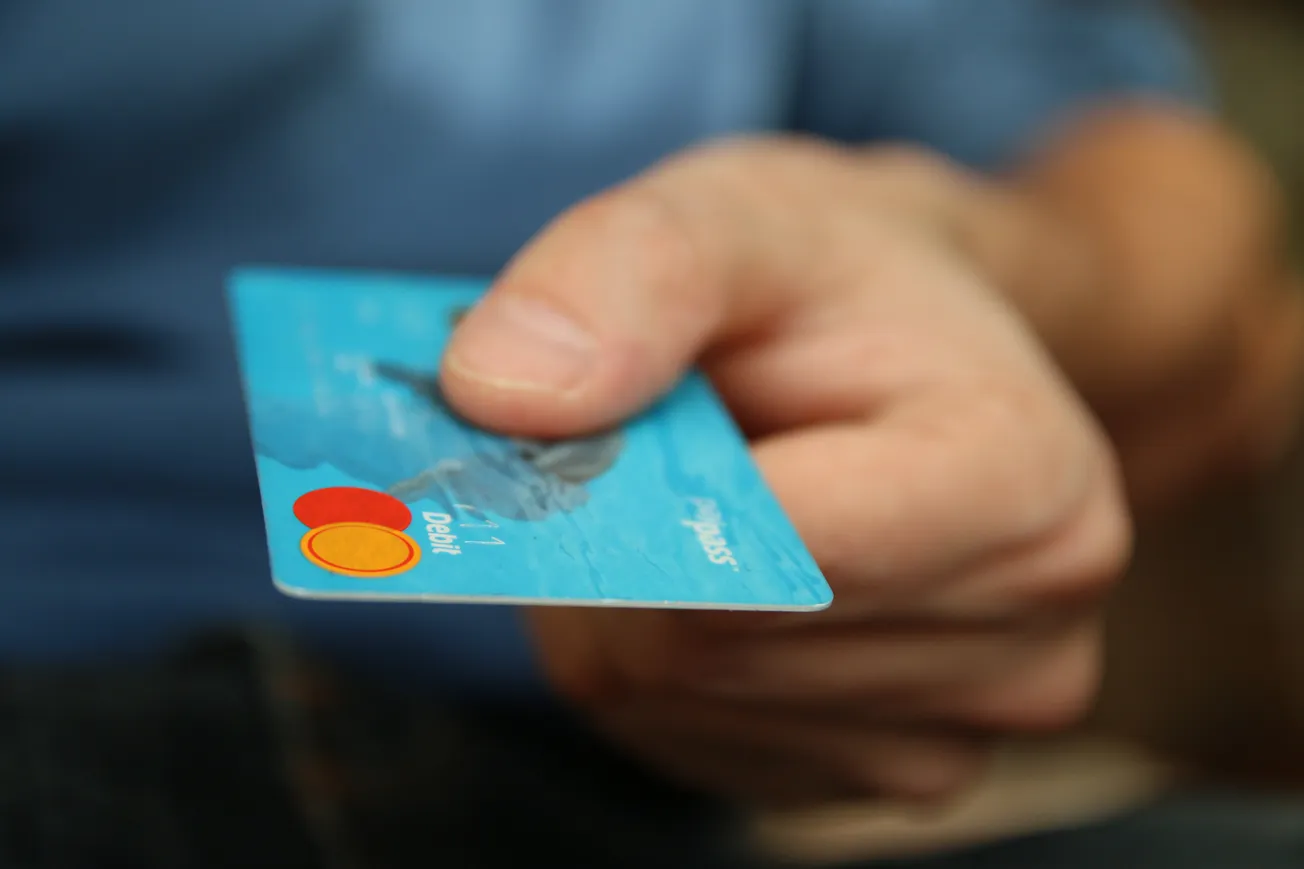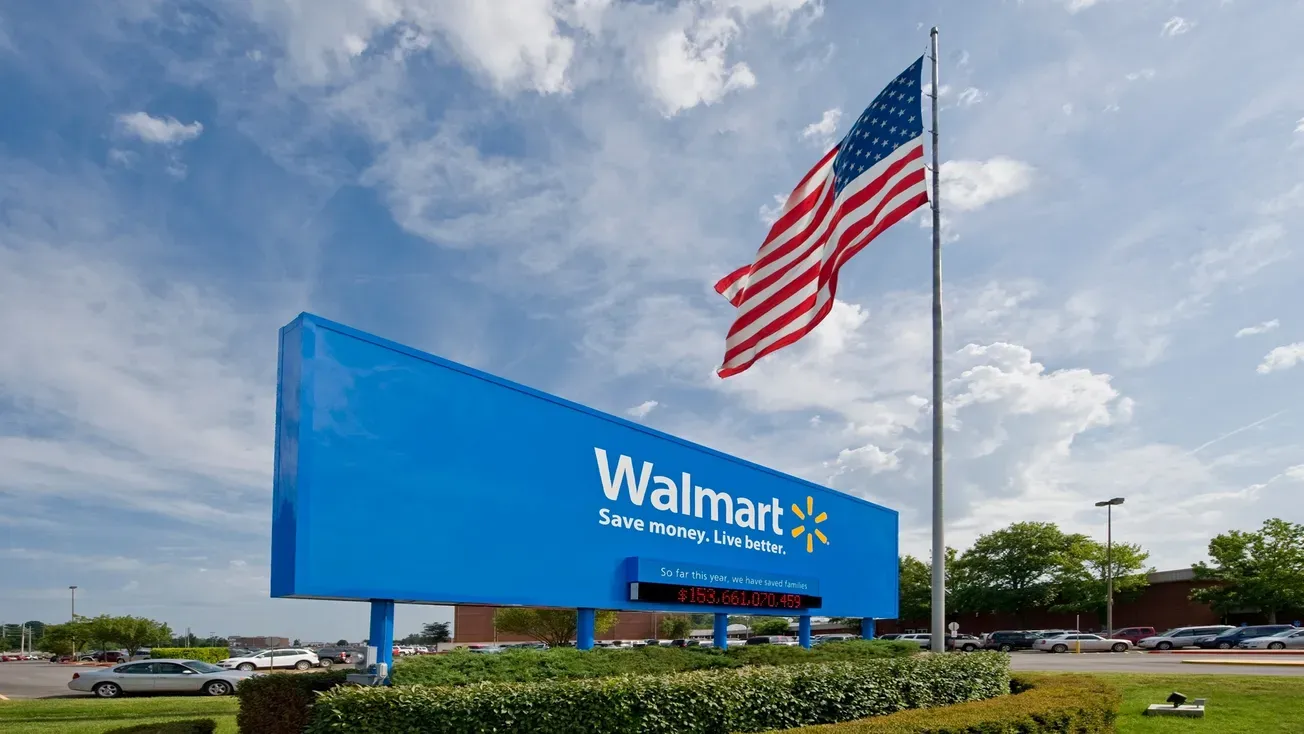National drug chains are working hard to drive more sales in the beauty care category.
Todd Maute
The merged Walgreens Boots Alliance Inc., for starters, is revamping its stores with a swankier cosmetics offering centered on the Boots No7 skin care line, which already drives traffic across Europe. For its part, Rite Aid Corp. is rolling out its Receutics Active Skin Repair, a new line of over-the-counter, dermatologically tested skin care products. And of course, CVS/pharmacy continues to reap the benefits of its popular Nuance Salma Hayek line.
This emphasis on beauty is no accident. Clearly, drug stores need to leverage their proximity to consumers and drive more traffic to the store. Instead of emphasizing food offerings, like many drug stores are doing, there’s an opportunity to focus on a higher-margin offering, such as cosmetics.
So, how can retailers elevate their game in the high-margin beauty aisle and make it a destination? One approach would be to truly own the category.
A few years ago, for example, when consumers needed pet food, most of them just went to the grocery store. Today, national pet retailers own the pet food category. These chains smartly created strong narratives that positioned themselves as the real experts on pet food — places where you could talk to an expert to get the low-down on the healthiest and highest-quality selections for your particular pet, and where there would be a diverse offering of brands. (It also didn’t hurt that, like drug stores, pet retailers saturated the marketplace and are now on every corner.)
Likewise, national chain drug stores could position themselves as category killers that steal customers from department stores and other beauty mainstays.
To accomplish this, however, they must redesign their approach to beauty marketing, branding, merchandising, service and even store design to give the area a more fashion-forward feel. Even women of limited means are often willing to drive to Macy’s, Nordstrom, Sephora or Saks to splurge on cosmetics. What they’re after is the experience of being catered to in a sumptuous, high-service environment. Drug stores need to offer something similar if they hope to compete in this category.
Offering a strong private label brand approach in beauty is a good first step. To truly capture loyalty, however, drug chains need to ramp up the general impression of service as well. That could mean bringing in a cosmetologist for occasional product demonstrations, “makeover days,” classes or other events, or pointing to the fact that pharmacy personnel can answer questions about how certain products — or even supplements and food — can affect sensitive skin.
Marketing and branding should reinforce this expert angle. The chain’s social media presence, for instance, could include a cosmetologist blogger whose posts are more about answering legitimate consumer questions than pitching products. Use this opportunity to be proactive — don’t wait for consumers to come to your website. Your experts need to be out there, not just on YouTube and Twitter, but also on major venues like “Good Morning America” and CNN as well.
In addition to reputation-building efforts of this kind, chains could focus harder on elevating the customer experience in the beauty aisle.
At many drug stores today, the beauty aisles look much the same as those in which consumers might buy such mundane items as school supplies. But what if, upon reaching the beauty area, women were to discover a visual feast of colorful and neatly arranged cosmetics along the lines of Sephora? What if the beauty aisles at chain drug stores were packed with unique and differentiated brands arrayed for maximum visual appeal?
The approach could be integrated and omnichannel — right down to automated replacements of mascara or other items populated as favorites via an iPhone app. Customers get a text telling them that their replacement item is ready for pickup, along with a coupon or two.
Walgreens, for one, is collaborating with a new “social competition” app called Challenged to “bring summer beauty tips to life.” Along the lines of the Ice Bucket Challenge, Walgreens is challenging users to submit 12-second video clips using either CIRCA Beauty or Nonie Creme Colour Prevail, both of which are Walgreens private label products. Beauty expert Lauria Locsmondy of the Walgreens Social and Content creative team will judge the top-three “viewed” Beauty Challenge videos. This is savvy positioning.
With its emphasis on health, Rite Aid’s Receutics line also appears to be on trend. According to the company, both research and feedback from pharmacists indicated that Rite Aid’s customers wanted dermatologist-strength solutions to common skin care issues. The pitch here is that Receutics aren’t just clinically proven to be effective — they’re also affordable. The products, which range in price from $9.99 to $49.99, fall into one of four categories: acne clearing, therapeutic relief, sun care and antiaging.
Notice that, with Receutics, Rite Aid has much more than an opportunity to boost sales: The customer encounter with Receutics — whether we’re talking about in-store, online or anything in between — is a meaningful impression in and of itself, with broad potential to bolster the overall Rite Aid brand.
All in all, the focus on higher-margin beauty items is a solid strategy and, given that the U.S. beauty industry alone is worth $12 billion, there is a lot of room for robust growth. Having done the work on the product front, the next step is to kick execution into a higher gear. Before you know it, most women will be skipping those trips to the mall — and picking up their cosmetics at neighborhood drug stores.
Todd Maute is a partner at CBX, a brand agency and retail design consultancy. He can be contacted at todd@cbx.com.









